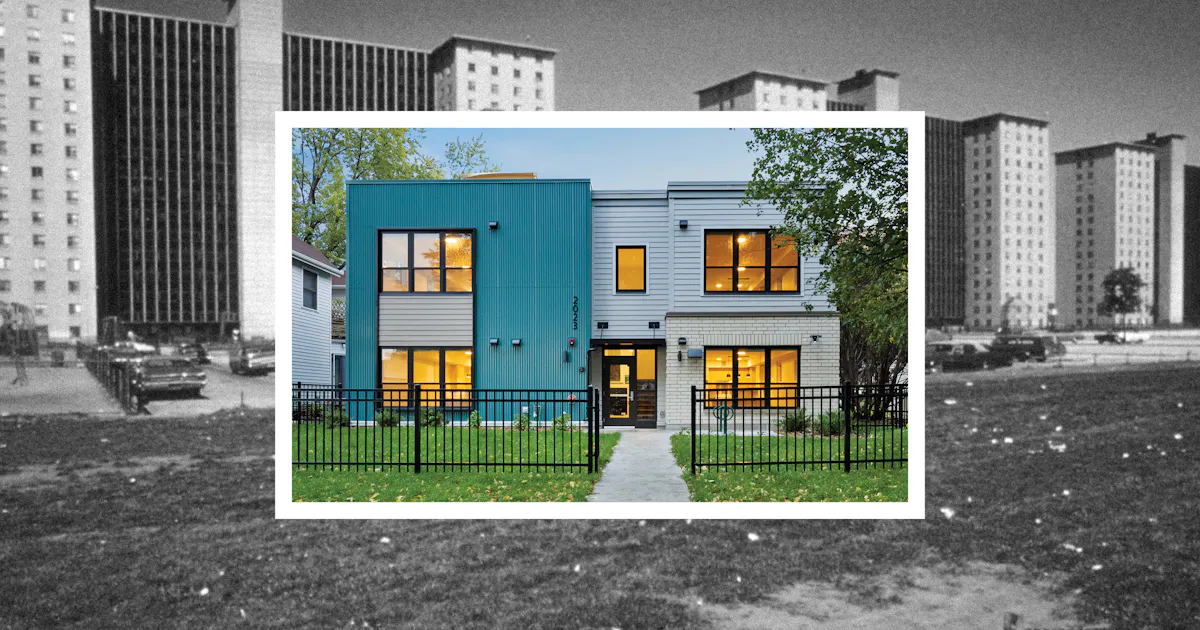By Monica Potts
Copyright newrepublic

Noëlle Porter, director of government affairs at the National Housing Law Project, put it even more bluntly. “It’s hard for me to accept any sort of premise that says, if we just make developers happy, we’ll solve our problems,” she said. “Making profiteers happier does not satisfy the profiteers; profiteers will want more if they get more. And so, this idea that affordability, or the affordable housing crisis, can be solved by happy profiteers, is insane, because you really can’t make a profit off of deeply affordable housing.”
The clearest solution is to remove the need for a profit, which means the solution won’t be found in the marketplace. Nonprofits across the country are stretching to try to meet the need, but they’ve never been able to operate at the scale of the federal government. That’s how other countries ensure there’s enough housing up and down the income scale to see to it that everyone can get a home—through public housing. In the United States, our relatively brief—and wildly underfunded—foray into public housing is often viewed as a disaster. But could it be part of the future solution, without making the same mistakes that we did in the past?
We Never Fully Committed to Public Housing
The idea that the government could and should build housing arose during the New Deal, when the primary motivation was to create a jobs program to get builders back to work. Like many other New Deal spending projects, it became essentially an anti-poverty program. It was meant to help low-income families, especially mothers with children, find safe housing when the marketplace wouldn’t take care of them.